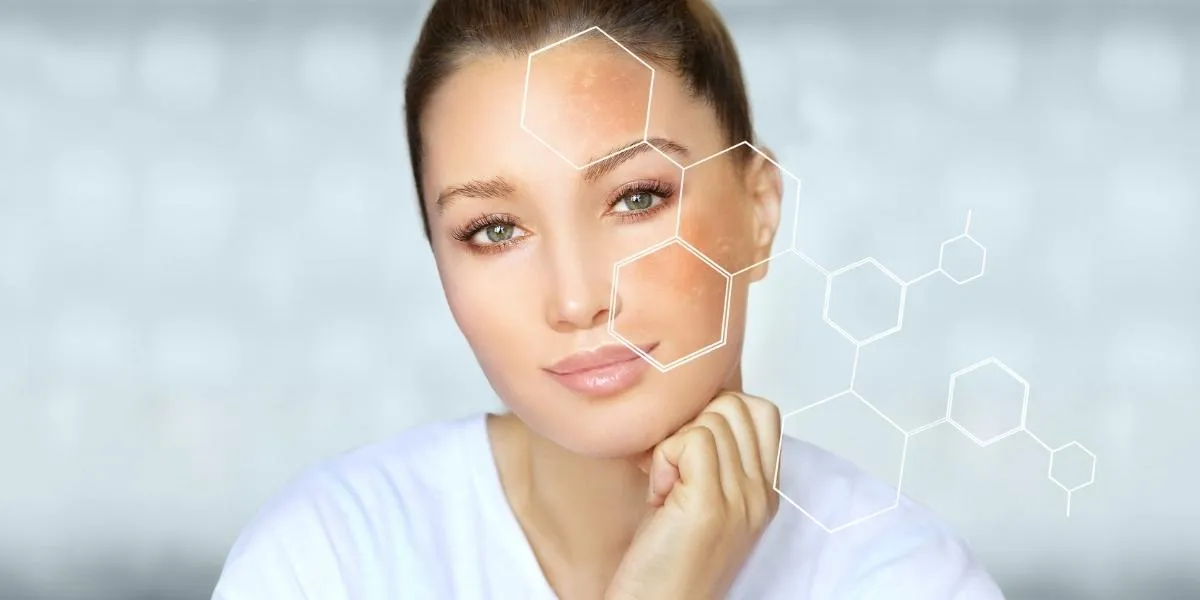What is Skin Whitening?
Skin whitening, also known as skin lightening, is a cosmetic procedure aimed at reducing the melanin pigment in the skin to give it a lighter appearance. Melanin is responsible for the color of our skin, and its production can be influenced by genetics, sun exposure, and various skin conditions. Skin whitening treatments seek to inhibit melanin production, offering a brighter and more even skin tone. It’s a popular practice around the world, with a diverse range of methods and products available. However, it’s essential to approach skin whitening with informed decisions, understanding the procedures, benefits, and potential risks. Many individuals are drawn to skin whitening for different reasons including addressing hyperpigmentation, uneven skin tone, or simply pursuing a lighter complexion. Understanding these motivations and the different approaches is important before embarking on any skin whitening journey.
How Skin Whitening Works
Skin whitening treatments typically work by interfering with the production of melanin. Melanin is produced by melanocytes, cells located in the epidermis. Several ingredients and procedures achieve this by targeting different steps in the melanin production pathway. Some ingredients, like hydroquinone, inhibit the enzyme tyrosinase, which is crucial for melanin synthesis. Other approaches involve exfoliating the skin to remove existing pigmented cells. Chemical peels and microdermabrasion, for instance, promote cell turnover, shedding the darker, outer layers of skin. Laser treatments can selectively target and destroy melanin-producing cells or reduce pigment concentration. The effectiveness of these methods varies based on factors such as skin type, the concentration of the active ingredients, and the specific treatment used. Achieving the desired results involves consistent use and proper care. Consulting with a dermatologist is highly recommended to determine the most appropriate and safe approach for your skin type and concerns.
Benefits of Skin Whitening
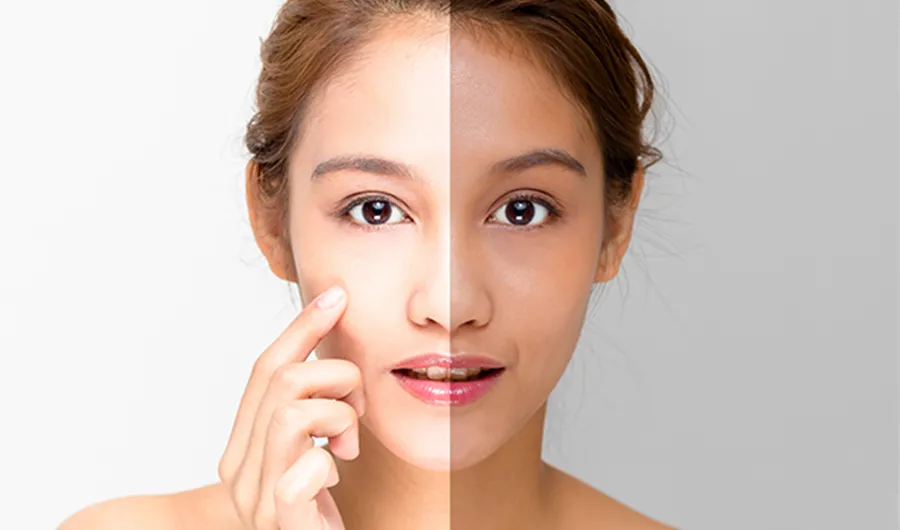
The primary benefit of skin whitening is achieving a lighter and more even skin tone. This can be particularly beneficial for those dealing with hyperpigmentation issues such as dark spots, age spots, or melasma. By reducing the amount of melanin, skin whitening treatments can diminish the appearance of these imperfections, resulting in a more uniform complexion. For some, this can lead to increased self-confidence and improved self-esteem. Beyond cosmetic benefits, skin whitening treatments may also address certain skin conditions. For example, treatments can help with acne scars and other types of discoloration. However, it is crucial to approach skin whitening with realistic expectations, as results vary based on individual skin types and the methods used. Always consult with a dermatologist to determine the most appropriate and safe treatment options for your specific needs and skin condition.
Skin Whitening Procedures
Skin whitening procedures vary widely, ranging from over-the-counter topical creams to professional medical treatments. Each method has its own set of benefits, risks, and levels of effectiveness. Understanding the different options available is essential for making an informed decision. Topical treatments are often the starting point for many, offering a convenient and accessible means of skin lightening. However, their effectiveness can be limited. More intensive procedures, such as chemical peels, microdermabrasion, and laser treatments, are performed by dermatologists and can provide more significant results. These treatments involve controlled exfoliation or targeted melanin reduction. Before any procedure, it’s crucial to consult with a dermatologist who can evaluate your skin type, discuss your goals, and recommend the most appropriate and safe course of action. This consultation ensures realistic expectations and helps to minimize potential risks.
Topical Creams and Serums
Topical creams and serums are among the most popular skin whitening methods, primarily because they are readily accessible and can be used at home. These products contain active ingredients that inhibit melanin production or promote skin exfoliation. Common ingredients include hydroquinone, retinoids, vitamin C, and kojic acid. Hydroquinone is a potent skin-lightening agent that works by decreasing the number of melanocytes in the skin. Retinoids boost skin cell turnover, which can help to remove pigmented cells. Vitamin C acts as an antioxidant and can brighten the skin, and kojic acid inhibits tyrosinase. The effectiveness of these products can vary, and results often take time to become visible. It’s essential to use these products as directed and to be consistent in your application. Always read the product label and consult with a dermatologist to ensure that the chosen product is suitable for your skin type and does not contain any harmful ingredients.
Ingredients to look for
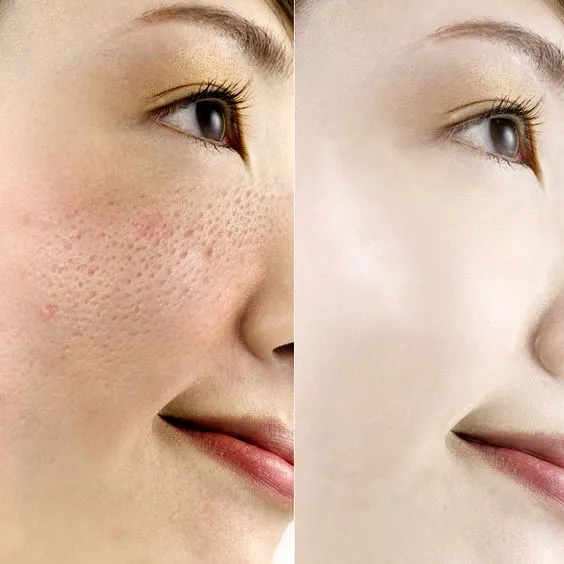
When choosing topical skin whitening products, it’s important to be aware of the key ingredients and their functions. Hydroquinone is a well-known agent that can significantly lighten skin, but it can also have side effects, such as skin irritation and ochronosis. Retinoids, derived from vitamin A, promote cell turnover, which helps to remove pigmented cells and improve skin texture. Vitamin C, an antioxidant, not only brightens the skin but also protects it from damage caused by free radicals. Kojic acid inhibits the production of melanin and can be effective in reducing dark spots. Arbutin, another natural ingredient, is a derivative of hydroquinone that is considered to be gentler. Niacinamide, a form of vitamin B3, can improve skin tone and reduce hyperpigmentation. Look for products that contain these ingredients in concentrations appropriate for your skin type. Reading the product label carefully and consulting with a dermatologist can help you select safe and effective products.
Things to Avoid
While pursuing skin whitening, certain ingredients and practices should be avoided to protect your skin from harm. Avoid products containing mercury, as it is toxic and can cause severe health problems. Steroid creams are sometimes used for skin lightening, but their prolonged use can lead to adverse effects such as thinning of the skin and other complications. Products with harsh chemicals or high concentrations of acids should be used with caution, and ideally under the supervision of a dermatologist. Overuse of any skin-lightening product can lead to irritation, inflammation, and sensitivity. Always conduct a patch test before applying any new product to a larger area of your skin, especially if you have sensitive skin. It’s also important to be cautious of unregulated products. The best way to ensure safe and effective skin whitening is to consult with a dermatologist who can recommend products and treatments suitable for your skin type.
Chemical Peels
Chemical peels involve applying a chemical solution to the skin to exfoliate the outer layers, promoting cell turnover and revealing a brighter complexion. There are various types of chemical peels, ranging from light peels to deep peels, each using a different concentration of acids. Light peels, such as those using alpha-hydroxy acids (AHAs) like glycolic or lactic acid, are often used for mild skin discoloration and can be done regularly. Medium peels, which use trichloroacetic acid (TCA), penetrate deeper to address more significant pigmentation issues. Deep peels, which are less common, involve stronger chemicals and can provide more dramatic results but also come with higher risks and longer recovery times. The choice of peel depends on your skin type, the severity of the skin condition, and the desired results. Chemical peels must be administered by a trained professional, and it’s crucial to follow post-peel care instructions to minimize side effects.
Microdermabrasion
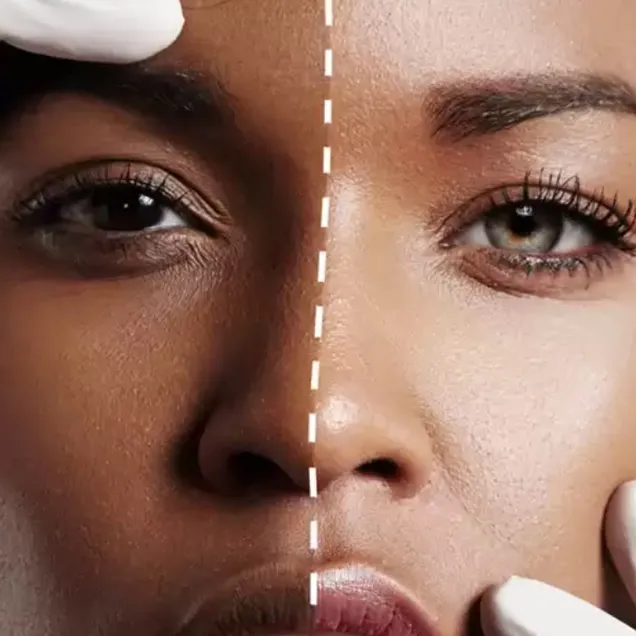
Microdermabrasion is a minimally invasive procedure that exfoliates the skin using a device that sprays tiny crystals onto the skin’s surface. This process gently removes the outer layer of dead skin cells, revealing a fresh, new layer underneath. The exfoliation can improve the appearance of dark spots, fine lines, and uneven skin tone, leaving the skin smoother and brighter. Microdermabrasion is generally safe for all skin types and requires minimal downtime. The number of treatments needed depends on the individual’s skin concerns and desired results. While it is often used for skin rejuvenation, microdermabrasion can also assist in the penetration of topical skin-lightening products. Microdermabrasion provides a gentle approach to skin whitening. Following the procedure, it is important to apply sunscreen to protect the newly exposed skin from sun damage and to maximize the benefits of the treatment.
Laser Treatments for Skin Whitening
Laser treatments offer a more targeted approach to skin whitening, using focused light energy to reduce melanin production or remove pigmented cells. Various types of lasers are used, each with different wavelengths and mechanisms of action. Some lasers, such as Q-switched lasers, target melanin directly, breaking it down into smaller particles that are then naturally eliminated by the body. Other lasers stimulate collagen production, improving skin texture and tone. Laser treatments are often effective for treating specific conditions like age spots, sunspots, and melasma. The number of sessions required varies depending on the severity of the pigmentation and the type of laser used. Although laser treatments can be highly effective, they come with potential risks, including temporary redness, swelling, and changes in skin pigmentation. It is essential to consult with a qualified dermatologist. Post-treatment care, including sun protection, is critical to achieving and maintaining results.
Skin Whitening Home Remedies
Many people explore home remedies to achieve a lighter complexion, and there are several natural ingredients that are believed to have skin-lightening properties. These remedies are often gentle and readily available. Examples include lemon juice, known for its natural bleaching properties, though it should be used with caution due to its acidity. Honey, which moisturizes the skin and has mild lightening effects. Yogurt, containing lactic acid, which can exfoliate and brighten the skin. Turmeric, known for its anti-inflammatory and antioxidant properties, is used in many skincare preparations. Aloe vera, which can soothe and lighten skin. These home remedies can be incorporated into face masks or applied directly to the skin. While these remedies may offer some benefits, their effectiveness varies, and it’s essential to perform a patch test before widespread use. Consulting with a dermatologist before using home remedies is advisable, especially if you have sensitive skin or any existing skin conditions.
Natural Ingredients
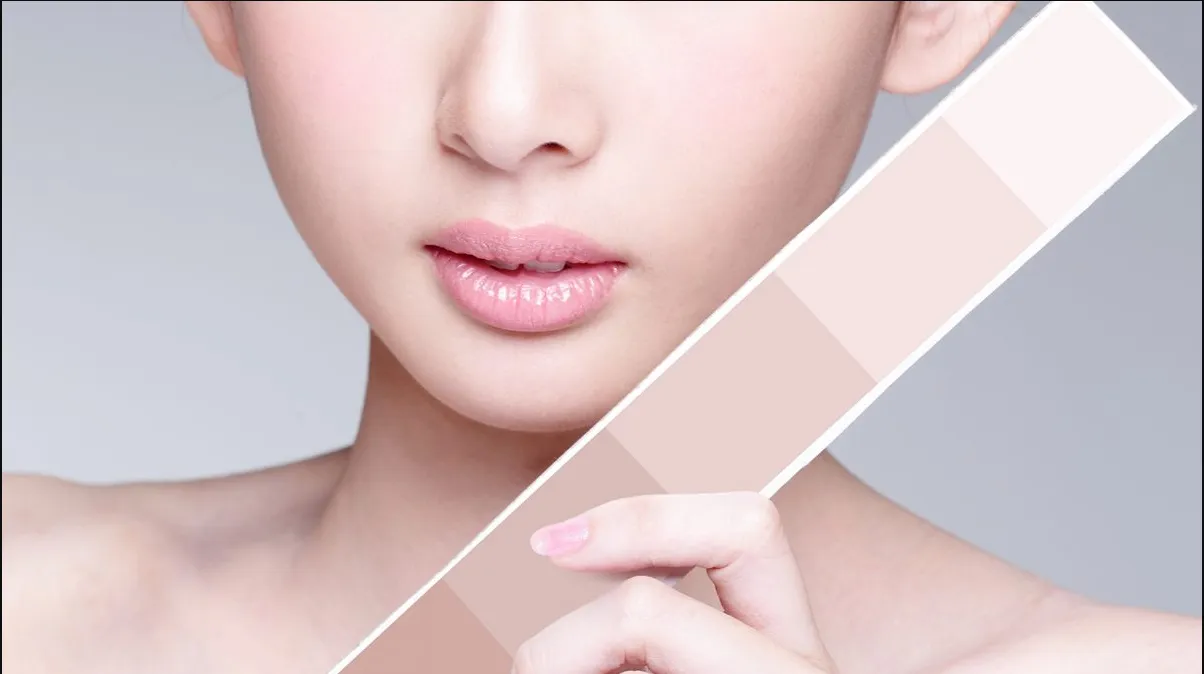
Several natural ingredients are known for their skin-lightening properties. These include lemon juice, which contains citric acid and can help to exfoliate and brighten the skin; however, it can also be irritating. Honey, which is moisturizing and provides a mild lightening effect, is a good alternative. Yogurt, which contains lactic acid, is effective for gentle exfoliation and can improve skin tone. Turmeric, used in traditional skincare, contains curcumin, which has anti-inflammatory and antioxidant properties. Aloe vera soothes the skin and may lighten dark spots. These natural ingredients are often used in DIY face masks and skincare routines. While they can be beneficial, it is essential to use them with caution, perform a patch test, and be consistent. Always monitor for any adverse reactions and discontinue use if irritation occurs. Integrating these ingredients into your routine can provide a gentle approach to improving skin radiance.
Lifestyle Changes for Skin Whitening
Alongside skin whitening treatments and products, certain lifestyle adjustments can significantly influence skin tone and overall complexion. These changes support the skin’s health and can improve the effectiveness of skin whitening efforts. Prioritizing a healthy diet rich in antioxidants, vitamins, and minerals is crucial. These nutrients provide the building blocks for skin cell regeneration and protect against damage. Staying hydrated by drinking plenty of water supports the skin’s natural processes, resulting in a more vibrant appearance. Adequate sleep, typically 7-9 hours per night, allows the body to repair and rejuvenate skin cells. Managing stress through relaxation techniques such as yoga or meditation can also help, as stress can affect skin health. Avoiding smoking and excessive alcohol consumption can help maintain a healthy skin. Integrating these lifestyle adjustments into your routine supports skin health. They enhance the benefits of other skin-whitening efforts.
Dietary Adjustments
Dietary adjustments play a crucial role in supporting skin health and enhancing skin whitening efforts. Consuming a diet rich in fruits, vegetables, and whole grains provides essential nutrients, vitamins, and antioxidants that protect the skin from damage and promote cell regeneration. Foods rich in vitamin C, such as citrus fruits, berries, and peppers, are particularly beneficial for brightening the skin. Antioxidants, like those found in green tea, berries, and dark leafy greens, protect the skin from free radicals and help maintain a healthy complexion. Staying well-hydrated by drinking plenty of water keeps the skin moisturized and supports its natural functions. Limiting processed foods, sugary drinks, and unhealthy fats reduces inflammation and supports overall skin health. Incorporating a balanced diet ensures that your skin receives the vital nutrients needed for a radiant and even skin tone. Consult with a nutritionist or dermatologist for personalized dietary advice tailored to your skin’s needs.
Sun Protection and Skin Whitening

Sun protection is crucial when pursuing skin whitening, as sun exposure can counteract the results of treatments and products and exacerbate hyperpigmentation. The sun’s ultraviolet (UV) rays stimulate melanin production, leading to tanning and dark spots. Consistent use of sunscreen with a high SPF is essential to shield the skin from these damaging rays. Apply sunscreen liberally 15-30 minutes before sun exposure and reapply every two hours, or more frequently if swimming or sweating. Wearing protective clothing, such as hats, long sleeves, and sunglasses, can further protect your skin from sun damage. Avoiding the sun during peak hours (10 a.m. to 4 p.m.) minimizes exposure to the most intense UV rays. Sun protection supports the benefits of skin-lightening treatments. Make it a daily habit to protect your skin from the sun’s harmful effects. This helps maintain a lighter, more even skin tone, protecting your efforts and promoting long-term skin health.
Maintaining Your Results
Maintaining the results of skin whitening requires consistent care and adherence to a suitable skincare routine. Once you have achieved your desired skin tone, it is crucial to continue using the appropriate products and practices to sustain your results. Regularly using a gentle cleanser and moisturizer helps to keep the skin healthy and hydrated. Incorporating a broad-spectrum sunscreen into your daily routine is essential to protect the skin from sun damage. Continue to use any recommended skin-lightening products, but do so consistently and as directed, to prevent the return of hyperpigmentation. Consider regular maintenance treatments. Following a healthy lifestyle, including a balanced diet, adequate hydration, and avoiding smoking, supports overall skin health and helps maintain your results. Regular check-ups with a dermatologist can also assist in monitoring your skin’s condition and adjusting your skincare routine. By establishing and maintaining a consistent skincare regimen, you can enjoy a brighter complexion for an extended period.
Possible Risks and Side Effects of Skin Whitening
Skin whitening treatments can carry certain risks and potential side effects, which is why it is essential to approach these procedures with caution and informed consent. Common side effects include skin irritation, redness, and sensitivity. Some products may cause dryness, peeling, or itching. The use of strong chemicals, such as hydroquinone, over the long term can cause ochronosis. A condition where the skin develops a bluish-black discoloration. Certain treatments may also increase the skin’s sensitivity to the sun, raising the risk of sunburn and sun damage. In rare cases, more serious complications, such as allergic reactions or skin infections, can occur. Before undergoing any skin-whitening procedure, it is crucial to discuss the potential risks with a dermatologist and to weigh the benefits against the risks. Always choose a qualified professional. Adhering to aftercare instructions and being aware of any warning signs can mitigate these risks.
Consulting a Dermatologist
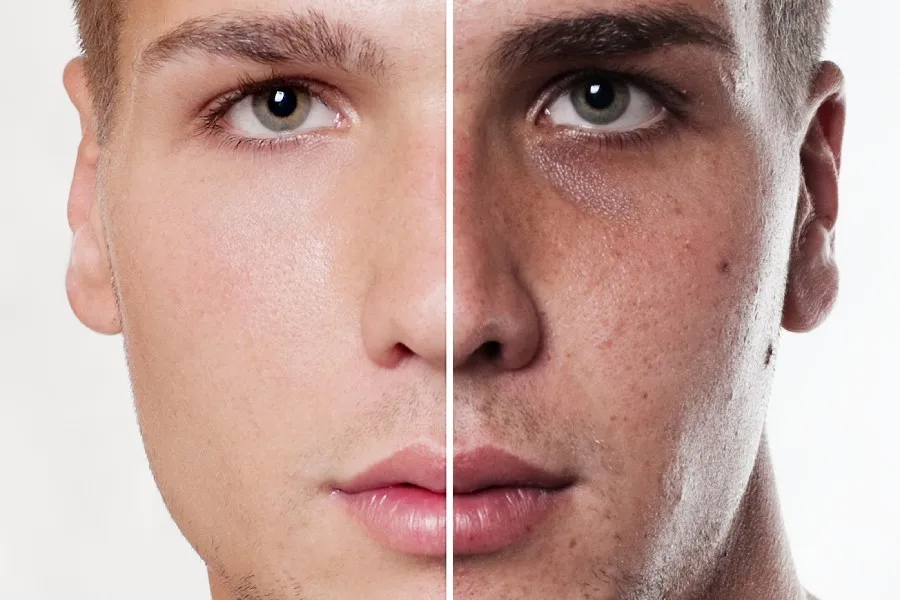
Consulting a dermatologist is crucial before embarking on any skin whitening journey. A dermatologist can assess your skin type, identify the underlying causes of any hyperpigmentation issues, and recommend the most appropriate and safe treatment options. During the consultation, you will discuss your skin concerns, medical history, and desired outcomes. The dermatologist can also explain the different procedures and products available, providing you with an understanding of their effectiveness, potential risks, and benefits. They can conduct tests to evaluate your skin’s condition and sensitivity to certain ingredients. They will tailor a personalized treatment plan, considering your unique needs and goals. Consulting a dermatologist helps ensure that you make informed decisions, minimize potential risks, and achieve the best possible results safely. They will be able to monitor your progress. They can adjust your treatment plan as needed to ensure the health and safety of your skin. A dermatologist is your ally.
The Importance of Realistic Expectations
Having realistic expectations is crucial when considering skin whitening treatments. While these procedures can significantly improve skin tone and reduce hyperpigmentation, they may not always deliver perfect or permanent results. The effectiveness of skin whitening varies depending on factors such as skin type, the underlying cause of the discoloration, and the specific treatment used. Results may take time to appear, and multiple sessions may be required. Some treatments can only provide temporary improvements. It’s essential to understand that skin whitening is a process. Your skin’s natural tone may not drastically change. Maintaining results requires consistent skincare practices and sun protection. Discuss your expectations with a dermatologist and be open to exploring alternative skincare strategies. These strategies will work in conjunction with the treatments to achieve the most realistic and satisfying outcomes. Embracing this perspective helps you make informed choices and avoid disappointment, paving the way for a more positive and sustainable experience.
